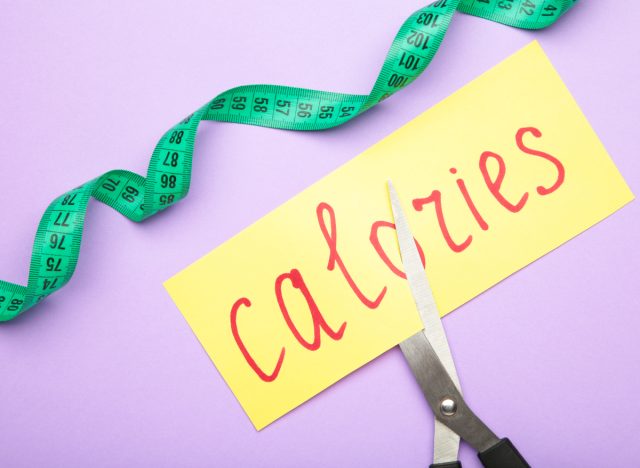Achieving weight loss can look different for everyone. For some, the goal is to reach a lower number on the scale, while for others, fitting more comfortably into a pair of pants is considered a win. Despite these different objectives, the approach to reaching your goal is quite similar. Today, I’m breaking down how waistline reduction works and how to lose an inch off your waist in 30 days.
It might seem that a rigorous ab-focused exercise routine is the best way to drop a pants size, but that’s not exactly the case. Weight loss doesn’t come through spot treatments like bicep curls to slim your arms. Instead, shrinking your waistline involves a systemic approach, or losing weight throughout your entire body, which can be possible in a month. (According to the Centers for Disease Control and Prevention (CDC), gradual, steady weight loss means losing one to two pounds a week—especially if you want to keep it off in the long run.)
In simple terms, weight loss occurs when you consume fewer calories than your body uses for energy, creating a calorie deficit. Regular exercise supports this process by increasing your energy expenditure, or the amount of energy your body uses to power all its essential functions. Consistent exercise helps sustain a calorie deficit more effectively, and many individuals find that it also motivates them to improve their eating habits.
Combine exercise with a modest calorie reduction to speed up weight loss. As you maintain a calorie deficit, your body uses stored energy from fat and muscle tissue, leading to weight loss over time. It’s important to keep exercise and calorie reduction moderate, as excessive amounts can disrupt your body’s normal functioning.
How Waistline Reduction Works

Your body uses energy in three ways: to help digest food, to maintain the essential processes that keep you alive, and through movement or physical activity. To slim your midsection, you need to expend more energy than you consume through food and drink, which is where exercise and nutrition come into play. This calorie deficit prompts your body to use stored energy from your liver, fat, and muscle tissue, which, over time, results in weight loss.
Unfortunately, you can’t target weight loss to specific body parts with exercises like crunches or weight lifting. Weight loss happens through the entire body, not just in one area. Patience and consistency are crucial, as losing weight around your midsection often takes time.
How You Can Lose an Inch off Your Waistline in 30 Days Through Diet and Exercise

The most effective approach to losing weight quickly is combining calorie reduction with a consistent exercise routine. Start by estimating your daily calorie needs to maintain your weight. If you’ve been at the same weight for a few weeks or more, your current intake makes a great starting point. From there, reduce your calorie intake gradually.
Begin by cutting 250 calories per day for three to four days, then reduce by an additional 250 calories to achieve a total daily deficit of 500 calories. This deficit translates to a 3,500-calorie reduction over a week, which is roughly equivalent to losing one pound per week. If you’re unsure where to cut down calories, consider beverages like soda, lattes, and juices, or check in with your portion sizes at meals.
Avoid cutting your calories from protein sources, as lean meats, legumes, and whole forms of soy help maintain muscle mass while in a calorie deficit. A good rule of thumb is to follow the plate model at meals, where one-half of your plate is full of vegetables, one-fourth includes your protein, and the remaining fourth is your starch.
Exercise is equally as important as calorie reduction. Aim for at least 150 minutes of moderate physical activity per week, and gradually increase to include more intense workouts as you progress. If you’re new to exercise, start by walking around your neighborhood, aiming for 50 minutes three days per week. If walking isn’t feasible due to injuries or weather, consider using an elliptical machine or a stationary bike at your gym.
Setting Safe and Realistic Goals

While exercise and calorie reduction may benefit those seeking to shrink their midsections, too much of each could do more harm than good. When setting your goals, consider how long it took you to gain weight. One month is a considerably short period of time for significant weight loss.
To successfully lose an inch or more off your waist, set sustainable goals over the long term. Avoid drastic calorie cuts or excessive exercise, as these can be unsustainable and potentially harmful. Instead, aim for goals that challenge you just enough to stay motivated and consistent, regardless of any obstacles that come your way.










